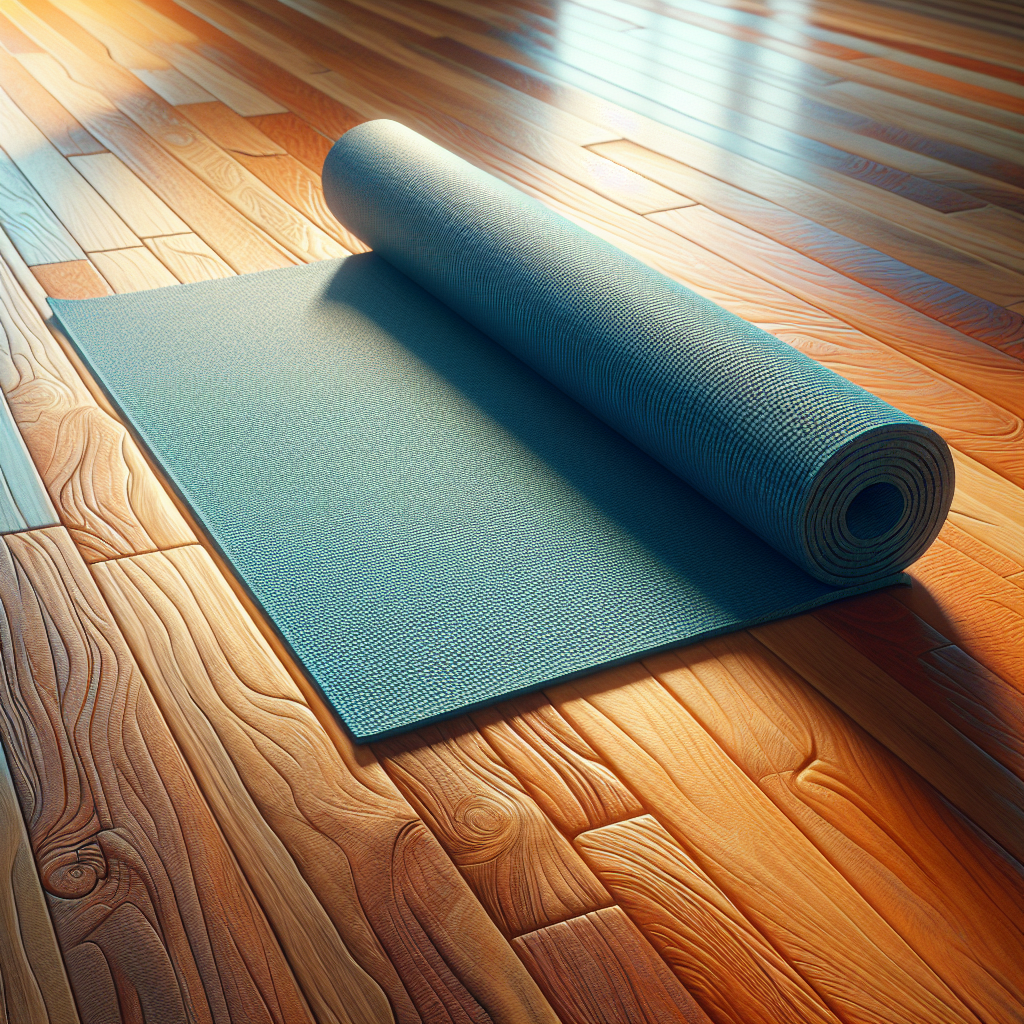
In recent years, the yoga community has experienced a significant transformation, not only in terms of practice styles and philosophies but also in the materials used to create yoga equipment. As mindfulness and sustainability gain traction as integral components of yogic practice, the demand for eco-friendly yoga mats has surged. This article explores the eco-friendly yoga mat revolution, highlighting its importance for both practitioners and the planet.
The Need for Sustainable Choices
For decades, traditional yoga mats were predominantly made from polyvinyl chloride (PVC), a plastic known for its durability but also for its environmental drawbacks. PVC is non-biodegradable, difficult to recycle, and releases harmful chemicals both during production and disposal. As awareness of these environmental issues has spread, so too has the call for more sustainable options.
Practitioners are beginning to recognize the connection between their personal well-being and the health of the planet. Yoga encourages mindfulness and interconnectedness, and this ethos is now extending to the choices yogis make beyond the mat. Making eco-conscious decisions about equipment is a natural extension of these principles, leading to a resurgence of interest in eco-friendly yoga mats.
The Rise of Eco-Friendly Materials
The eco-friendly yoga mat revolution has unveiled a wealth of alternatives to PVC mats. Here are some of the most popular sustainable materials being utilized:
1. Natural Rubber
Natural rubber mats are made from the sap of rubber trees, making them biodegradable and sourced from sustainable practices. They offer excellent grip, cushioning, and durability, making them a favorite among practitioners. Given their organic origins, these mats are free from harmful chemicals and provide a non-toxic space for your practice.
2. Jute
Jute is a natural fiber that is both sustainable and biodegradable. It offers a unique texture that can enhance grip, especially during sweaty practices. Often combined with other materials for improved durability, jute mats bring a rustic aesthetic that appeals to many yoga enthusiasts.
3. Cork
Cork mats provide a unique blend of eco-friendliness and functionality. Sourced from the bark of cork oak trees, these mats are renewable and do not harm the tree during harvesting. Cork is naturally antimicrobial, making it a hygienic option, and its texture provides excellent grip, even during challenging forms of practice.
4. Eco-PVC
For those who aren’t ready to completely give up on PVC, there is a newer variant known as eco-PVC or phthalate-free PVC. These mats retain many of the beneficial properties of traditional PVC but are produced with fewer harmful chemicals. They may not be as environmentally friendly as natural alternatives, but they represent a step toward a more sustainable mat.
5. TPE (Thermoplastic Elastomer)
TPE is a newer material gaining traction for its recyclability and non-toxic properties. It is made from a blend of plastic and rubber, providing cushioning while being eco-friendlier than traditional plastics. TPE mats are lightweight and easy to clean, appealing to yogis on the go.
Making a Conscious Choice
Choosing an eco-friendly yoga mat extends beyond simply selecting sustainable materials. Here are additional considerations for mindful shopping:
-
Production Practices: Look for brands that adopt ethical manufacturing practices, ensuring fair wages and safe working conditions for their employees.
-
Certifications: Seek out certifications such as Oeko-Tex Standard 100, which verifies that textiles are free from harmful substances, or the Global Organic Textile Standard (GOTS), which ensures a high level of sustainability in production.
- End-of-Life Options: Consider how a mat can be recycled or repurposed at the end of its life. Some companies offer take-back programs to ensure old mats are disposed of responsibly.
The Practitioner’s Perspective
Transitioning to an eco-friendly yoga mat can enrich one’s practice. Using sustainable materials creates a sensory experience that complements mindfulness on the mat. Several practitioners have reported feeling more connected to their practice when using materials that align with their values, fostering a deeper sense of gratitude for their environment.
Moreover, this shift embodies a larger movement towards sustainability within the wellness community. Yoga studios are also taking strides by offering eco-friendly mats for rental, thus reducing waste and encouraging students to be more conscious of their choices.
Conclusion
The eco-friendly yoga mat revolution exemplifies how individual choices can contribute to planetary health. By prioritizing sustainable materials, practitioners not only enhance their own practice but also take a stand for the environment. As awareness grows, so does the potential for collective impact. The next time you roll out your mat, remember that each breath, pose, and choice can be a step toward sustaining both your practice and the planet we all share. It’s time to embrace the revolution—one eco-friendly mat at a time.



